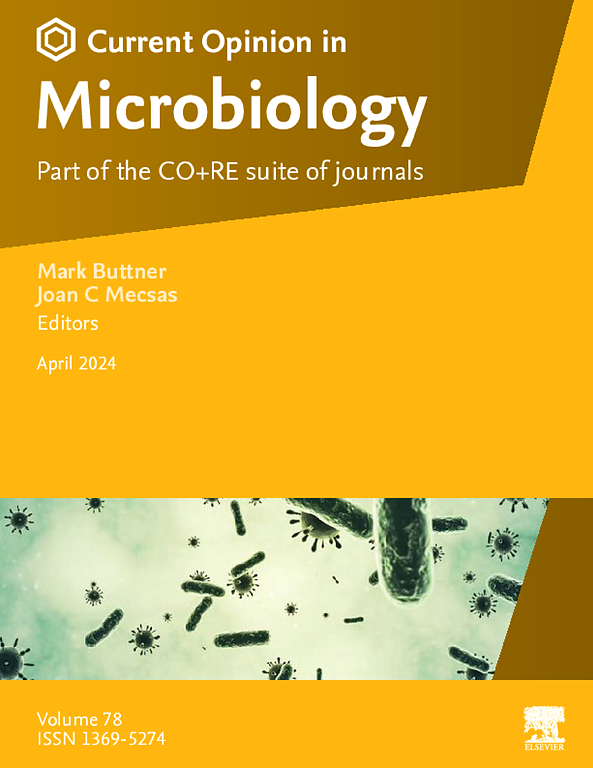Moving beyond discovery science to a mechanistic understanding of human malaria
IF 7.5
2区 生物学
Q1 MICROBIOLOGY
引用次数: 0
Abstract
We’ve had more than a hundred years of discovery-based human malaria research that has made steady progress in observing disease processes (such as sequestration and vascular occlusion) as well as potential mechanisms of immunity. These observations now take centre stage as we enter an era of mass vaccination that will alter the natural history and epidemiology of malaria. We will need to understand how to protect individuals from breakthrough infections and populations from a shift in the mean age of exposure. It is therefore paramount that we start to directly test our long-standing hypotheses about the causes of disease and the pathways to protection. This is now made possible by improvements to complex cellular model systems as well as a sea-change in our attitude towards human intervention studies. Mechanistic insight is therefore no longer limited to animal models, which are always imperfect, but can be achieved in people and in vivo.
从发现科学到对人类疟疾的机械理解
我们已经进行了一百多年的基于发现的人类疟疾研究,在观察疾病过程(如隔离和血管闭塞)以及潜在的免疫机制方面取得了稳步进展。随着我们进入将改变疟疾自然历史和流行病学的大规模疫苗接种时代,这些观察结果现在占据了中心位置。我们需要了解如何保护个人不受突破性感染的影响,以及如何保护人群不受平均暴露年龄变化的影响。因此,至关重要的是,我们开始直接测试我们长期以来关于疾病原因和保护途径的假设。现在,通过对复杂细胞模型系统的改进,以及我们对人类干预研究态度的巨大变化,这一点成为可能。因此,机械的洞察力不再局限于总是不完美的动物模型,而是可以在人体和体内实现。
本文章由计算机程序翻译,如有差异,请以英文原文为准。
求助全文
约1分钟内获得全文
求助全文
来源期刊

Current opinion in microbiology
生物-微生物学
CiteScore
10.00
自引率
0.00%
发文量
114
审稿时长
6-12 weeks
期刊介绍:
Current Opinion in Microbiology is a systematic review journal that aims to provide specialists with a unique and educational platform to keep up-to-date with the expanding volume of information published in the field of microbiology. It consists of 6 issues per year covering the following 11 sections, each of which is reviewed once a year:
Host-microbe interactions: bacteria
Cell regulation
Environmental microbiology
Host-microbe interactions: fungi/parasites/viruses
Antimicrobials
Microbial systems biology
Growth and development: eukaryotes/prokaryotes
 求助内容:
求助内容: 应助结果提醒方式:
应助结果提醒方式:


